Alexandr Kuznetsov

I'm a final year PhD student in Computer Graphics at University of California, San Diego. My advisor is Prof. Ravi Ramamoorthi.
My research interests lie at the intersection of physically-based rendering and deep learning. I'm working on developing novel neural representations for complex material appearances. Another direction is denoising for Monte-Carlo rendering.
Prior to PhD, I graduated from New York University with B.A. in Computer Science and Mathematics.
email: kuzsasha [at] gmail [dot] com
Publications
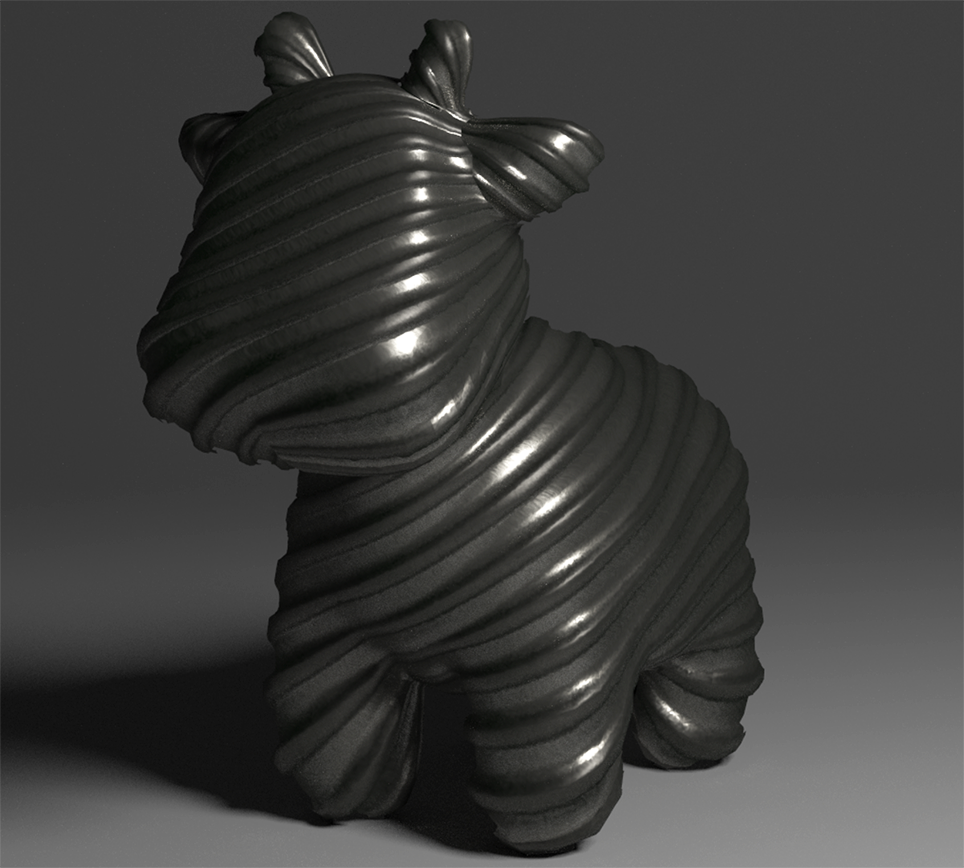
Rendering Neural Materials on Curved Surfaces - SIGGRAPH 2022
Alexandr Kuznetsov, Xuezheng Wang, Krishna Mullia, Fujun Luan, Zexiang Xu, Miloš Hašan and Ravi Ramamoorthi
We propose a new neural material method that is capable of correctly handling grazing angles and silhouette effects. We train the new neural representation on synthetic data that contains queries spanning a variety of surface curvatures.
Website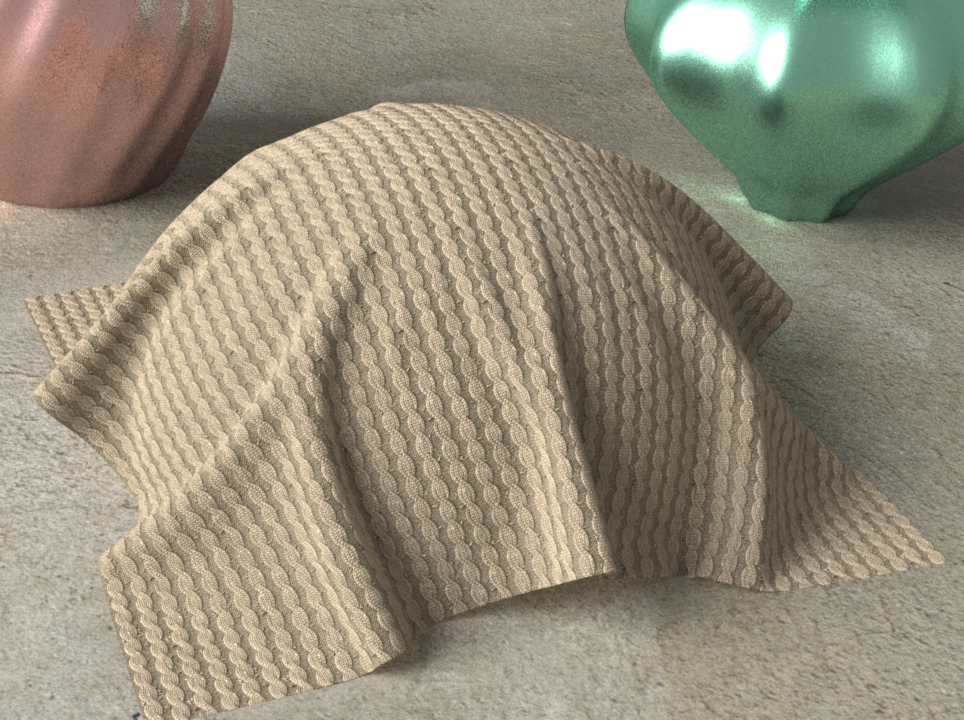
NeuMIP: Multi-Resolution Neural Materials - SIGGRAPH 2021
Alexandr Kuznetsov, Krishna Mullia, Zexiang Xu, Miloš Hašan and Ravi Ramamoorthi
We propose NeuMIP, a neural method for representing a variety of materials at different scales. We also introduce neural offsets which enable rendering materials with parallax effects without any tessellation.
Website + Demo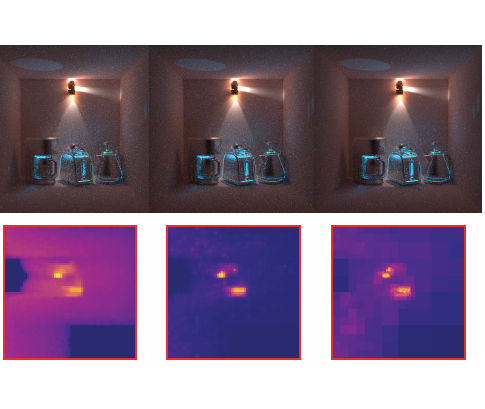
Hierarchical Neural Reconstruction for Path Guiding Using Hybrid Path and Photon Samples - SIGGRAPH 2021
Shilin Zhu, Zexiang Xu, Tiancheng Sun, Alexandr Kuznetsov, Mark Meyer, Henrik Wann Jensen, Hao Su and Ravi Ramamoorthi
We present a hierarchical neural path guiding framework which uses both path and photon samples to reconstruct high-quality sampling distributions. Uniquely, we design a neural network to directly operate on a sparse quadtree, which regresses a high-quality hierarchical sampling distribution.
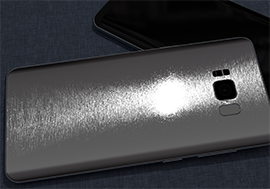
Learning Generative Models for Rendering Specular Microgeometry - SIGGRAPH Asia 2019
Alexandr Kuznetsov, Miloš Hašan, Zexiang Xu, Ling-Qi Yan, Bruce Walter, Nima Khademi Kalantari, Steve Marschner, and Ravi Ramamoorthi
Rendering specular material appearance is a core problem of computer graphics. Instead of explicit modeling and simulation of the surface microstructure (which was explored in previous work), we propose a novel direction: learning the high-frequency directional patterns from synthetic or measured examples, by training a generative adversarial network (GAN). We also introduce a novel method for partial evaluation of the generator network. The benefits of our approach include the ability to synthesize spatially large results without repetition, support for learning from measured data, and evaluation performance independent of the complexity of the dataset synthesis or measurement.
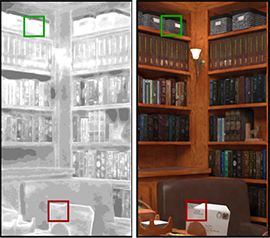
Deep Adaptive Sampling for Low Sample Count Rendering - EGSR 2018
Alexandr Kuznetsov, Nima Khademi Kalantari, and Ravi Ramamoorthi
Recently, deep learning approaches have proven successful at removing noise from Monte Carlo (MC) rendered images at extremely low sampling rates, e.g., 1-4 samples per pixel (spp). While these methods provide dramatic speedups, they operate on uniformly sampled MC rendered images. We address this issue by proposing a deep learning approach for joint adaptive sampling and reconstruction of MC rendered images with extremely low sample counts.
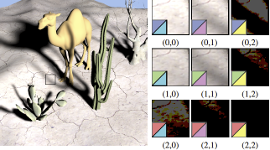
Multiple Axis-Aligned Filters for Rendering of Combined Distribution Effects - EGSR 2017
Lifan Wu, Ling-Qi Yan, Alexandr Kuznetsov, and Ravi Ramamoorthi
We present a novel filter for efficient rendering of combined effects, involving soft shadows and depth of field, with global (diffuse indirect) illumination. We approximate the wedge spectrum with multiple axis-aligned filters, marrying the speed of axis-aligned filtering with an even more accurate (compact and tighter) representation than sheared filtering.